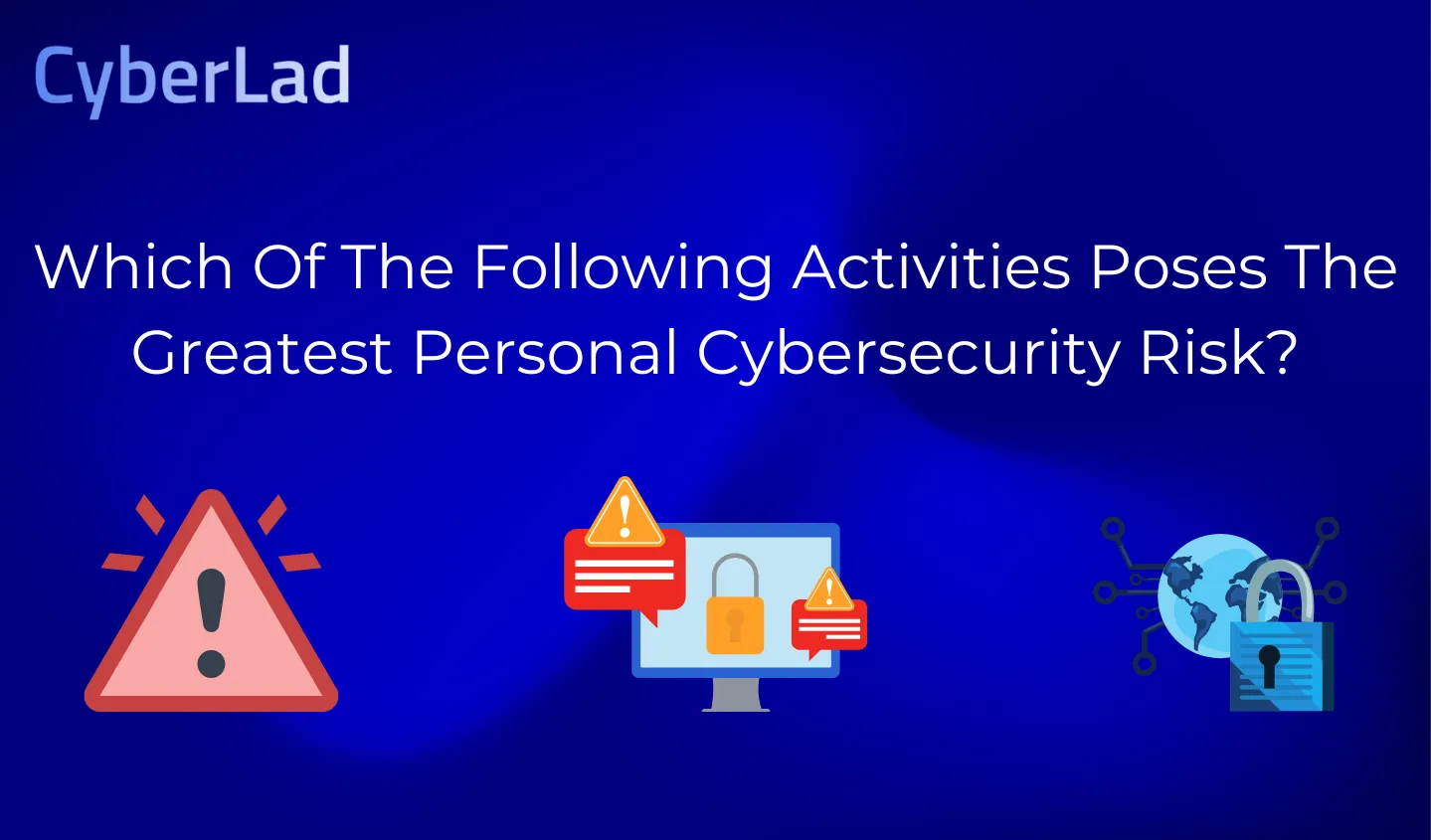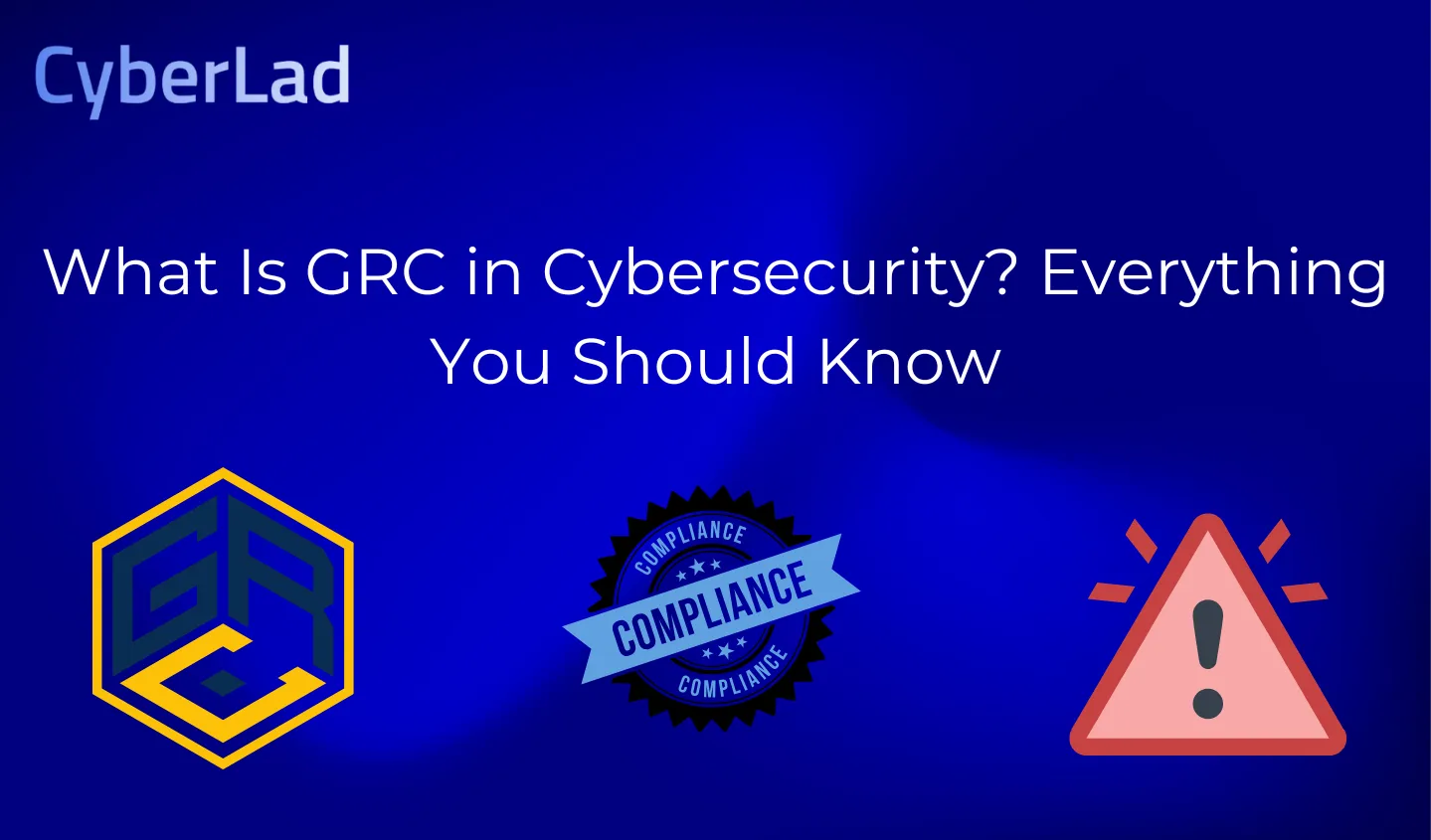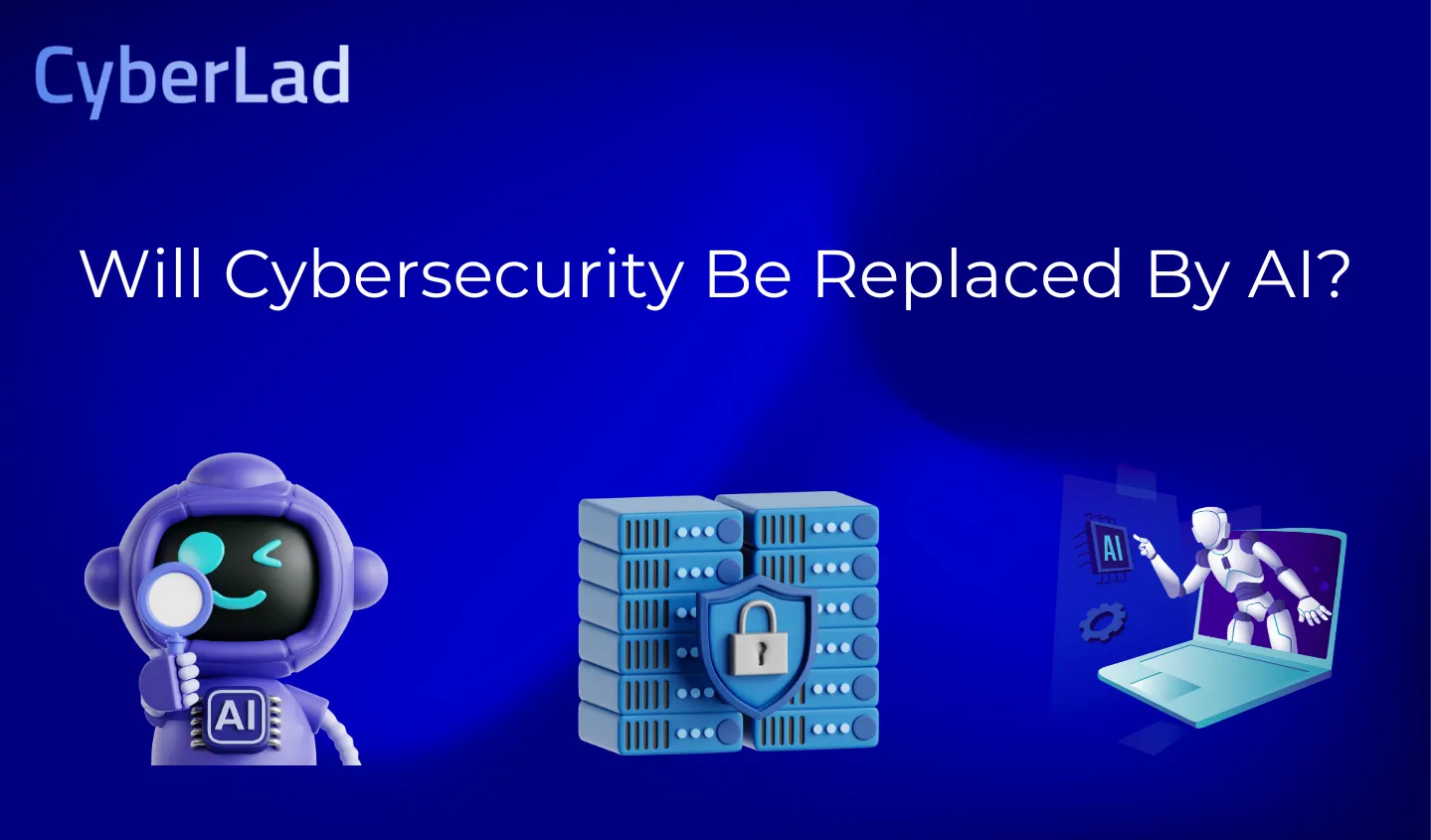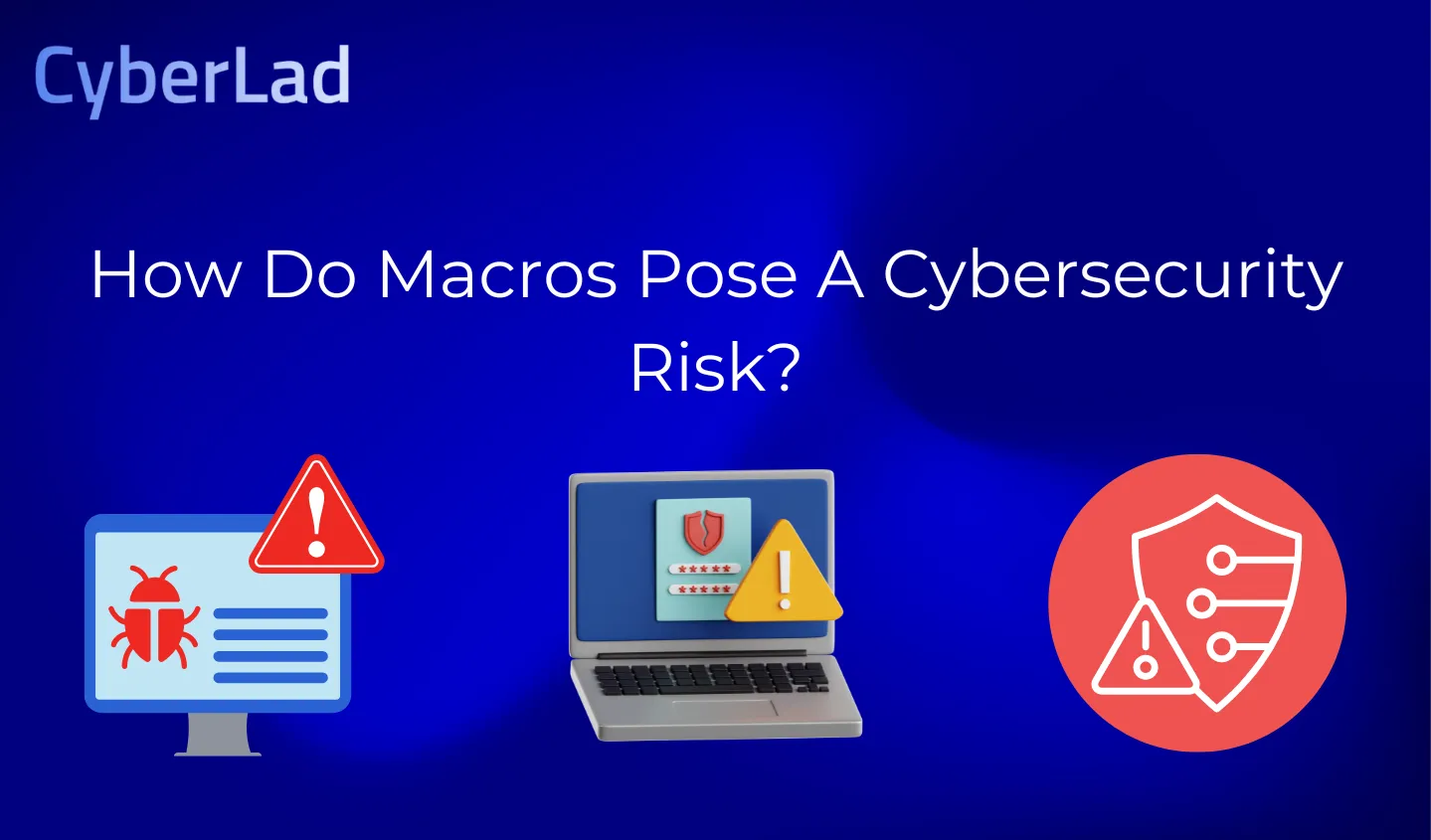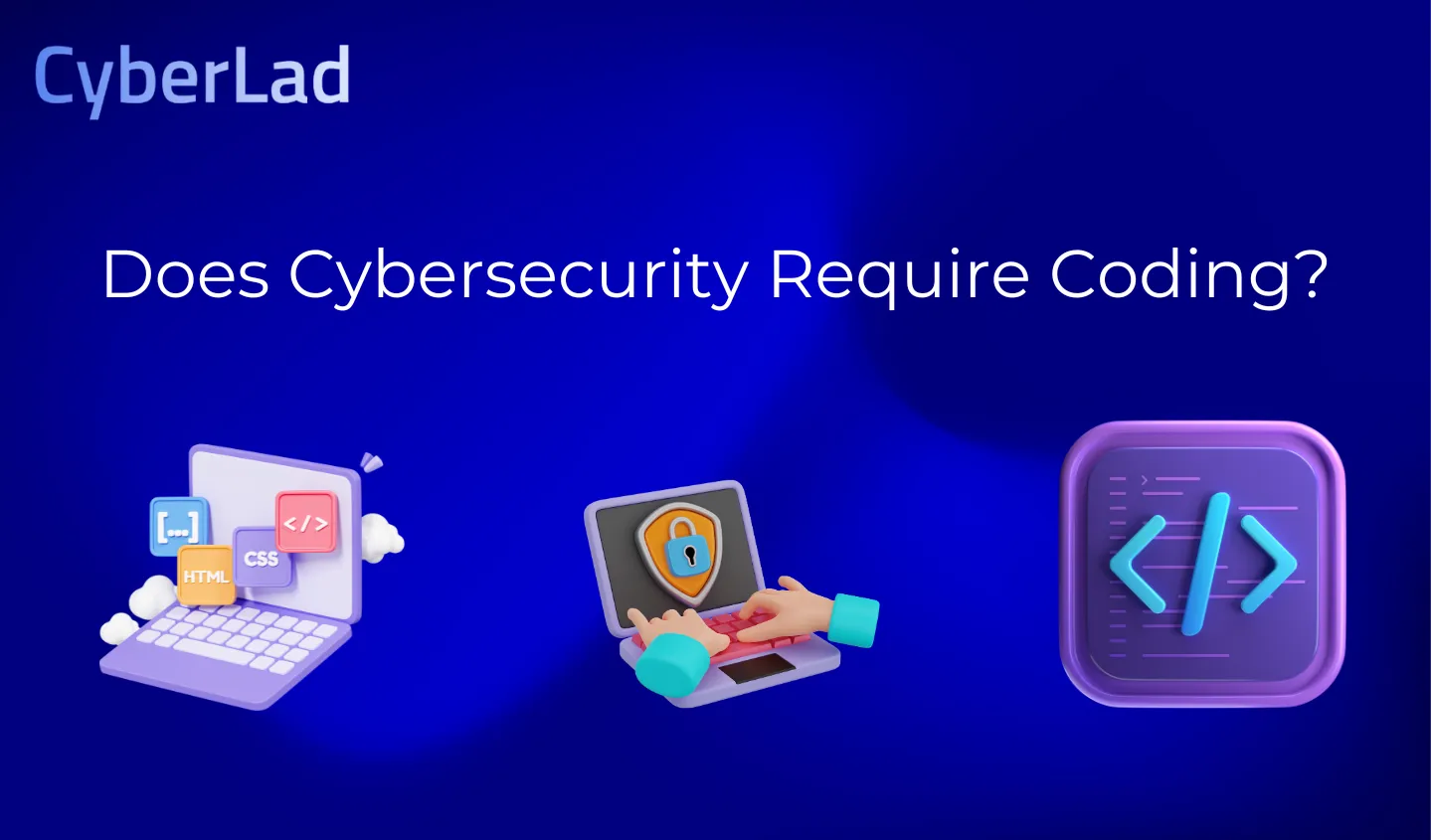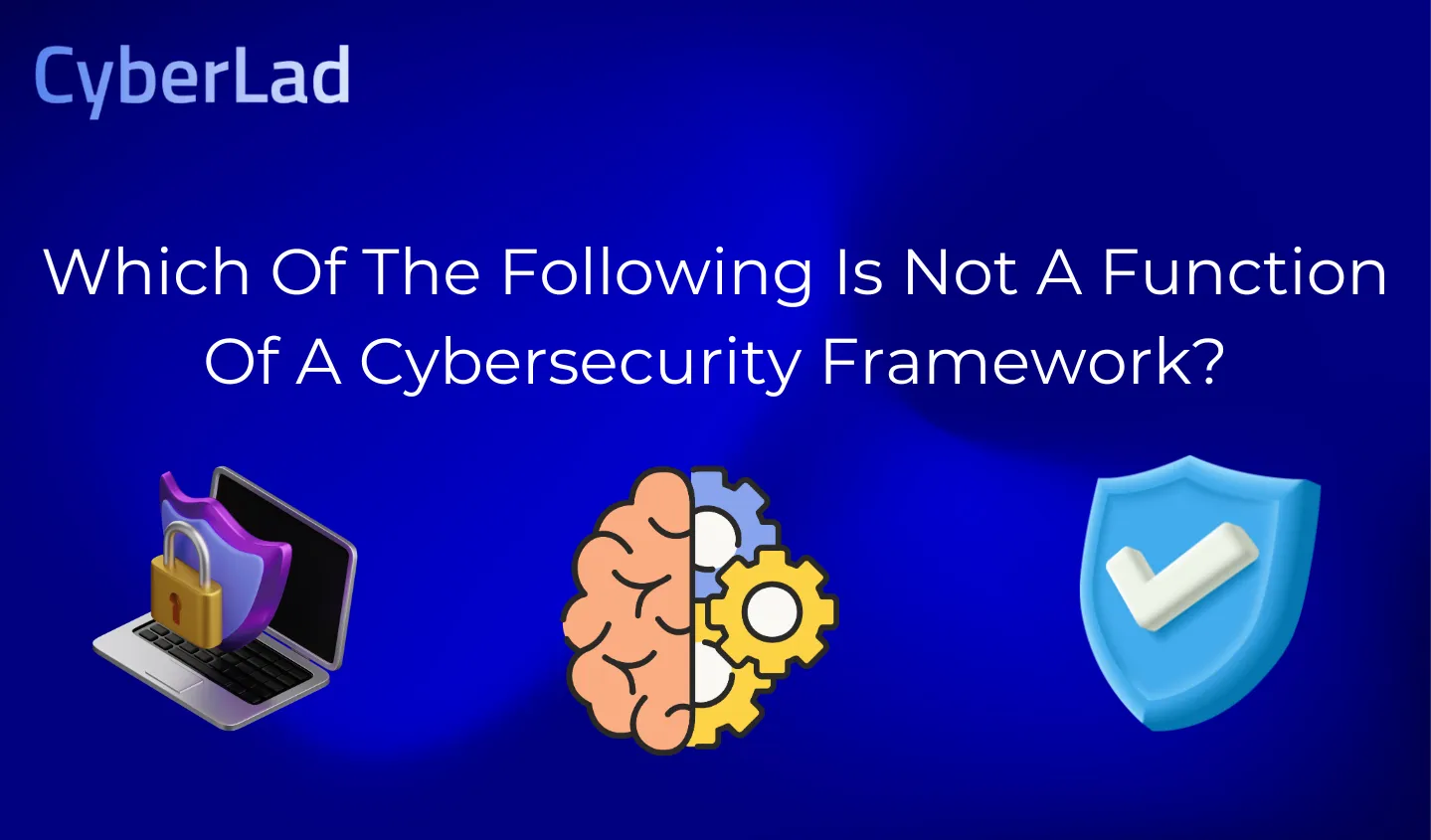As cyber threats evolve in our increasingly connected world, identifying online activities that pose the greatest personal cybersecurity risk has become crucial. Understanding which of the following activities poses the greatest personal cybersecurity risk allows individuals to take proactive steps to safeguard their data.
Engaging in seemingly harmless digital behaviors, such as opening unsolicited emails, clicking on unverified links, using weak or repeated passwords, and oversharing personal details on social media, can expose individuals to significant security threats.
Phishing attacks, malware infections, and identity theft are among the top risks that cybercriminals exploit to gain unauthorized access to sensitive data and financial assets.
To minimize exposure to cyber threats, individuals should adopt proactive security measures, including multi-factor authentication (MFA), regularly updating passwords, and staying vigilant against suspicious activities.
Cybersecurity awareness and responsible online behavior are crucial in preventing unauthorized access and protecting personal information in an increasingly digital world.
For more insights on cybersecurity and emerging threats, explore valuable resources at CyberLad’s NotEvil Search Engine Guide, Best Dark Web Search Engines, and Top Cybersecurity YouTube Channels to stay updated on the latest security trends and practices.
What is Cybersecurity Risk?
Cybersecurity risk refers to the potential for financial loss, reputational damage, or operational disruption resulting from cyber threats, data breaches, or vulnerabilities in information systems. It encompasses unauthorized access, malware infections, data leaks, and system failures that can compromise an organization’s or individual’s security.
Understanding Cybersecurity Risk
The National Institute of Standards and Technology (NIST) defines cybersecurity risk as the likelihood of loss of confidentiality, integrity, or availability of information or systems due to cyber threats. These risks impact businesses, government entities, individuals, and even national security.
Want to know your exposure? Try our Cybersecurity Risk Calculator to estimate your risk level based on threats, vulnerabilities, and asset value.
Security risk assessment includes identifying:
- Cyber threats: Hackers, phishing attacks, ransomware, insider threats.
- Vulnerabilities: Weak passwords, outdated software, and unpatched systems.
- Potential consequences: Financial loss, identity theft, reputational harm.
Key Factors Influencing Cybersecurity Risk
- Likelihood of Cyber Attacks: Increased attack surfaces due to remote work, cloud adoption, and IoT devices.
- Existing Security Measures: Weak cybersecurity policies and unpatched vulnerabilities increase risk.
- Threat Actor Sophistication: Cybercriminals leverage AI-driven attacks and advanced persistent threats (APTs).
- Regulatory and Compliance Risks: Failure to comply with GDPR, CCPA, or HIPAA can lead to hefty fines.
- Human Error: Social engineering tactics trick employees into revealing sensitive data.
Read More On: What Is GRC in Cybersecurity? Everything You Should Know
Emerging Cybersecurity Risks in 2025
As cyber threats continue to evolve, 2025 brings new and sophisticated cybersecurity risks that individuals must be aware of.
Cybercriminals are leveraging AI, deepfake technology, and advanced hacking techniques to exploit vulnerabilities.
1. AI-Powered Cyberattacks
Artificial intelligence (AI) is being used to automate phishing attacks, crack passwords faster, and create adaptive malware that bypasses traditional security defenses.
- Deepfake Phishing Attacks: Cybercriminals are now using AI-generated voices and videos to impersonate CEOs, celebrities, or even family members, tricking people into transferring money or revealing sensitive information.
- AI-Driven Malware: Some malware can mutate in real-time, avoiding detection by traditional antivirus programs.
Example: In 2024, a multinational company lost $25 million in a deepfake CEO scam when an AI-generated voice instructed an employee to wire funds to a fraudulent account.
2. Deepfake Scams and Synthetic Identity Fraud
Deepfake technology has advanced so much that cybercriminals can create realistic fake identities using AI-generated photos, voice, and even biometric data manipulation.
- Scammers use deepfakes for fraud, blackmail, and misinformation campaigns.
- Synthetic identity theft, where criminals mix real and fake identity details, is on the rise.
Statistic: According to a 2024 cybersecurity report, identity fraud cases increased by 38% due to AI-generated synthetic identities.
3. Supply Chain Cyberattacks
Cybercriminals are targeting suppliers and third-party vendors to breach companies indirectly.
- Ransomware attacks on software vendors can lead to mass data breaches affecting thousands of businesses.
- Attackers exploit software updates to inject malware into widely used applications (e.g., SolarWinds attack).
Statistic: In 2024, supply chain attacks increased by 50%, with 75% of enterprises affected by at least one third-party cyber incident.
How to Protect Yourself from 2025’s Cyber Threats:
1. Use AI-Powered Cybersecurity Tools: Deploy AI-driven security solutions that detect evolving threats in real-time.
2. Verify Identities Before Trusting Requests: Be cautious of unexpected video calls, voice messages, or emails requesting financial transactions.
3. Secure Your Digital Footprint: Reduce publicly available personal data to avoid synthetic identity fraud.
4. Monitor Vendor Security Practices: Businesses should conduct security audits on third-party vendors to prevent supply chain attacks.
How Cybersecurity Risks Vary by Age Group
Different age groups face unique cybersecurity threats due to varying online behaviors, digital habits, and awareness levels.
1. Teens & Young Adults (Ages 13-25)
Young users spend significant time on social media, gaming platforms, and online communities, making them vulnerable to:
- Social Media Scams: Fake giveaways, phishing links in DMs, account takeovers.
- Gaming Account Hacks: Hackers steal in-game assets, sell stolen accounts, or plant malware in game mods.
- Cyberbullying & Online Harassment: Fake profiles and doxxing attacks are increasing.
Example: In 2024, over 60% of online fraud victims under 25 fell for fake Instagram & TikTok giveaways.
How to Stay Safe:
Enable multi-factor authentication (MFA) on social media and gaming accounts.
Avoid clicking on suspicious links in DMs or Discord servers.
Be cautious when sharing personal details publicly online.
2. Working Professionals (Ages 26-55)
Professionals face cyber risks related to corporate data, email security, and remote work vulnerabilities.
- Business Email Compromise (BEC): Cybercriminals impersonate CEOs, HR, or IT teams to trick employees into sending money or sensitive data.
- Work-from-Home Security Risks: Many employees use unsecured Wi-Fi, outdated devices, and personal cloud storage, exposing company data.
Statistic: In 2024, business email compromise scams cost organizations over $2.4 billion worldwide.
How to Stay Safe:
Verify all payment requests & email sender identities.
Use company-approved VPNs & secure work devices.
Enable email security settings to detect spoofing attempts.
Want to dive deeper into how Generative AI can help defend against modern cyber threats?
Check out this guide: How Can Generative AI Be Used in Cybersecurity
3. Senior Citizens (Ages 55+)
Older adults are often targeted by scammers and cybercriminals due to their trust in online interactions and limited digital literacy.
- Investment & Pension Scams: Fake investment platforms, fraudulent retirement schemes.
- Impersonation Fraud: Scammers pretend to be tech support, IRS agents, or even family members to steal money.
- Medical Data Theft: Hackers steal Medicare and health insurance details to commit fraud.
Example: In 2024, a record $3.1 billion was stolen from seniors in investment fraud and tech support scams.
How to Stay Safe:
Never share personal details over unsolicited phone calls or emails.
Verify investment opportunities with official sources before sending money.
Use identity theft protection services to monitor suspicious activity.
Top Online Activities That Pose the Greatest Personal Cybersecurity Risks
1. Falling for Phishing Scams and Fake Websites

Among which of the following activities poses the greatest personal cybersecurity risk, falling for phishing scams and fake websites ranks as one of the most dangerous.
Cybercriminals design deceptive emails and websites that closely mimic legitimate entities, aiming to steal sensitive information such as usernames, passwords, and financial details.
These fraudulent communications often create a sense of urgency, prompting users to act quickly without verifying authenticity.
One common tactic involves sending emails that appear to be from trusted organizations, urging recipients to click on a link to resolve an urgent issue. These links lead to spoofed websites that capture login credentials or install malware.
For instance, a user might receive an email from what seems to be their bank, warning of suspicious activity and directing them to a fake login page.
To protect against such threats, it’s crucial to remain vigilant and adopt the following practices:
- Verify Email Authenticity: Always check the sender’s email address for inconsistencies or misspellings. Avoid unsolicited emails, especially those requesting personal information or immediate action.
- Inspect URLs Carefully: Before clicking on links, hover over them to view the URL. Look for subtle discrepancies or misspellings in the web address that may indicate a spoofed site.
- Use Multi-Factor Authentication (MFA): Enable MFA on accounts when available. This adds an extra layer of security, making it more difficult for attackers to gain unauthorized access.
- Keep Software Updated: Regularly update your operating system, browsers, and security software to patch vulnerabilities that cybercriminals might exploit.
By staying informed and exercising caution, individuals can significantly reduce the risk of falling victim to phishing scams and fake websites, thereby safeguarding their cybersecurity.
2. Using Public Wi-Fi Without Protection
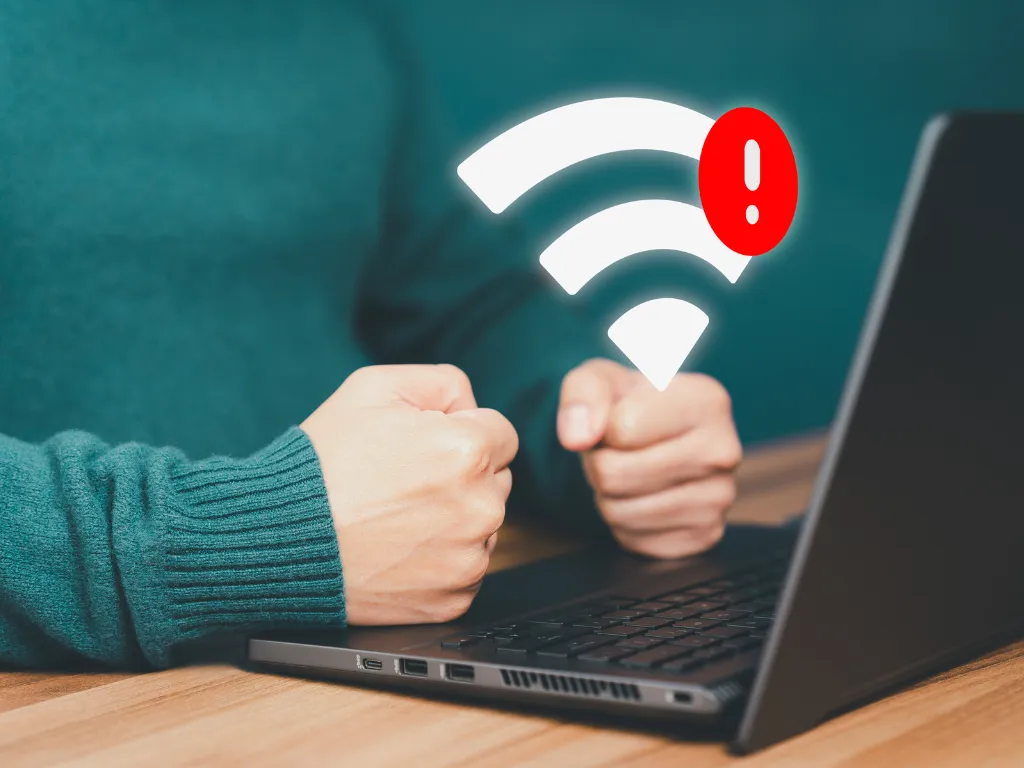
Accessing public Wi-Fi networks without proper security measures poses significant personal cybersecurity risks. While convenient, these networks are often unsecured, making it easier for cybercriminals to intercept data transmitted over them.
This vulnerability can lead to unauthorized access to sensitive information such as login credentials, financial details, and personal communications.
Risks Associated with Unprotected Public Wi-Fi:
- Data Interception: Unsecured networks allow attackers to eavesdrop on data exchanges, capturing sensitive information like usernames, passwords, and credit card numbers.
- Man-in-the-Middle Attacks: Cybercriminals can position themselves between the user and the network, intercepting and potentially altering communications without the user’s knowledge.
- Malware Distribution: Attackers may exploit vulnerabilities in public Wi-Fi to distribute malware, infecting devices and gaining unauthorized access.
Protective Measures:
- Use a Virtual Private Network (VPN): A VPN encrypts your internet traffic, making it difficult for attackers to intercept or decipher your data.
- Avoid Accessing Sensitive Information: Refrain from conducting activities that involve sensitive data, such as online banking or shopping, while connected to public Wi-Fi.
- Verify Network Authenticity: Ensure you’re connecting to legitimate networks by confirming the network name (SSID) with the provider. Be cautious of similarly named networks designed to deceive users.
- Keep Your Device Secure: Maintain updated antivirus software and ensure your device’s firewall is enabled to protect against potential threats.
By implementing these precautions, you can significantly reduce the risks associated with using public Wi-Fi networks and better protect your cybersecurity.
3. Reusing Weak Passwords Across Multiple Accounts
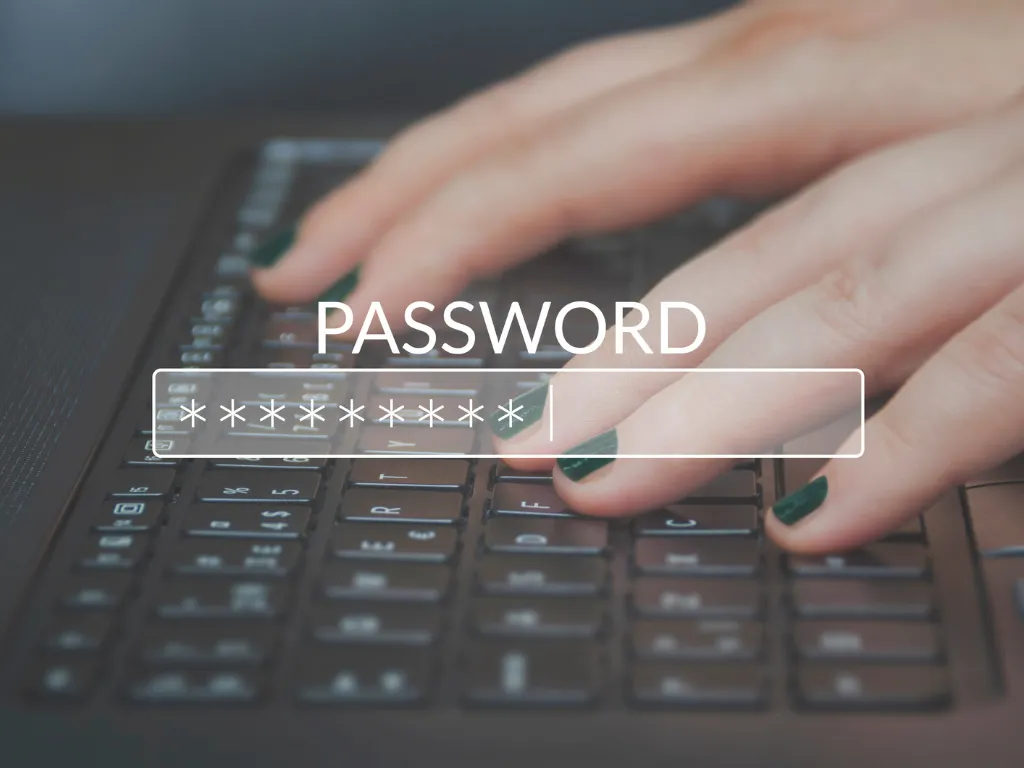
In today’s digital landscape, using the same weak password across multiple accounts significantly increases personal cybersecurity risks.
Cybercriminals exploit this habit to launch attacks like credential stuffing, where they use stolen credentials to gain unauthorized access to multiple user accounts.
Risks Associated with Password Reuse:
- Credential Stuffing Attacks: Cybercriminals deploy automated tools to test stolen username and password combinations across multiple sites. With a success rate of up to 2%, attackers can compromise around 20,000 accounts for every million stolen credentials.
- Data Breaches: When hackers crack a weak password on one platform, they can access all other accounts that use the same credentials, leading to widespread security breaches.
Guidelines for Strong Passwords:
- Create Unique Passwords: Use a different password for each account to prevent a single breach from compromising multiple platforms.
- Strengthen Passwords: Combine uppercase and lowercase letters, numbers, and symbols to enhance security. Experts now recommend longer, easy-to-remember passphrases over short, complex passwords.
- Use a Password Manager: Securely generate, store, and retrieve strong passwords to minimize the risks associated with password reuse.
- Enable Multi-Factor Authentication (MFA): Add an extra layer of security by requiring a verification code or biometric authentication, reducing the risk of unauthorized access even if a password is stolen.
Implementing these security measures helps individuals protect their accounts from cyber threats and strengthens overall cybersecurity defenses.
4. Oversharing Personal Information on Social Media

In today’s digital age, sharing aspects of our lives on social media has become commonplace. However, which of the following activities poses the greatest personal cybersecurity risk?
Oversharing personal information is one of the top threats individuals face online, potentially exposing them to identity theft, fraud, and cyberattacks.
Risks Associated with Oversharing:
- Identity Theft: Cybercriminals can collect personal details such as full names, birthdates, and addresses from social media profiles to impersonate individuals and commit fraud.
- Social Engineering Attacks: Attackers may use information gleaned from social media to craft convincing phishing messages or manipulate individuals into revealing sensitive data.
- Physical Security Threats: Posting real-time location updates or vacation plans can alert criminals to your absence, increasing the risk of home burglaries.
- Reputation Damage: Sharing controversial opinions or inappropriate content can harm personal and professional relationships, potentially affecting employment opportunities.
Protective Measures:
- Review Privacy Settings: Ensure social media profiles are set to private, limiting access to trusted connections.
- Be Cautious with Personal Details: Avoid sharing sensitive information such as home addresses, phone numbers, or financial details online.
- Think Before Posting: Consider the potential consequences of sharing specific content and whether it could be misused.
- Disable Location Services: Turn off geotagging features to prevent sharing your real-time location unintentionally.
By being mindful of the information shared online and implementing these precautions, individuals can significantly reduce the risks associated with oversharing on social media platforms.
5. Downloading Unverified Software or Attachments

Downloading unverified software or email attachments presents a major cybersecurity threat, as it often serves as a gateway for malware infections, data breaches, and system compromise.
Which of the following activities poses the greatest personal cybersecurity risk? Installing unverified applications without proper security checks is a major contributor to cyber threats. malware infections, data breaches, and system compromises.
Risks Associated with Downloading Unverified Software:
- Malware and Ransomware Attacks: Unverified downloads may contain malicious software that can encrypt files, steal data, or disrupt system functionality.
- Spyware and Keyloggers: Some attachments and software downloads secretly monitor user activity, capturing sensitive information such as login credentials and banking details.
- Backdoor Access for Hackers: Malicious programs can create vulnerabilities that allow cybercriminals to take control of a system remotely.
- System Corruption: Infected downloads can damage system files, leading to crashes, slow performance, or complete failure.
How to Stay Safe:
- Download from Trusted Sources: Only install software from official websites or reputable app stores to minimize security risks.
- Verify Email Attachments: Before opening any attachment, check the sender’s identity and scan the file for potential threats.
- Use Antivirus and Anti-Malware Software: Keep security tools updated to detect and block malicious software before it harms your system.
- Be Cautious with Freeware and Cracked Software: Free or pirated software often comes bundled with malware that can compromise your data and privacy.
- Enable Automatic Updates: Ensure that all software, especially security tools, receive regular updates to patch vulnerabilities.
By exercising caution and following these best practices, users can significantly reduce the risk of malware infections and protect their personal and professional data.
6. Ignoring Software Updates and Security Patches
Neglecting to install software updates and security patches exposes systems to significant cybersecurity risks. These updates are designed to fix vulnerabilities, enhance functionality, and protect against emerging threats.
Risks Associated with Ignoring Updates:
- Increased Vulnerability to Cyber Attacks: Outdated software can be exploited by cybercriminals using known vulnerabilities, leading to unauthorized access, data breaches, and malware infections.
- Compliance Issues: Failure to apply necessary updates can result in non-compliance with industry regulations and standards, potentially leading to legal penalties and reputational damage.
- Operational Disruptions: Unpatched systems are more susceptible to crashes and performance issues, causing downtime and affecting business continuity.
Preventive Measures:
- Implement a Patch Management Strategy: Establish a systematic approach to identify, test, and apply patches promptly to all software and systems.
- Automate Updates: Utilize automated tools to ensure timely deployment of critical updates, reducing the risk of human error and oversight.
- Educate Users: Raise awareness among employees about the importance of installing updates to foster a culture of security compliance.
By proactively managing software updates and security patches, individuals and organizations can significantly reduce their exposure to cybersecurity threats and maintain system integrity.
7. Granting Unnecessary App Permissions
When installing applications, users are often prompted to grant various permissions that allow the app to access specific features or data on their devices. While some permissions are essential for the app’s functionality, others may be excessive and pose significant privacy and security risks.
Risks Associated with Excessive App Permissions:
- Privacy Invasion: Apps with access to personal data, such as contacts, messages, or location, can misuse this information, leading to unauthorized data sharing or tracking.
- Security Vulnerabilities: Overprivileged apps can create security loopholes, making devices more susceptible to malware or unauthorized access.
- Data Leakage: Granting unnecessary permissions increases the risk of sensitive information being exposed, either through intentional misuse or security breaches.
Best Practices for Managing App Permissions:
- Review Permissions Before Installation: Carefully examine the permissions requested by an app during installation and consider whether they are necessary for its intended function.
- Customize Permissions: Utilize your device’s settings to manage and revoke permissions for individual apps, ensuring they only have access to necessary data and features.
- Install Apps from Trusted Sources: Downloading apps from reputable app stores reduces the likelihood of encountering malicious applications that request excessive permissions.
- Regularly Audit Installed Apps: Periodically review the apps installed on your device and their granted permissions, removing or adjusting those that are no longer needed or seem excessive.
By being vigilant about the permissions granted to applications, users can protect their personal information and maintain better control over their digital privacy and security.
8. Engaging with Unsecured or Fake Online Shopping Websites
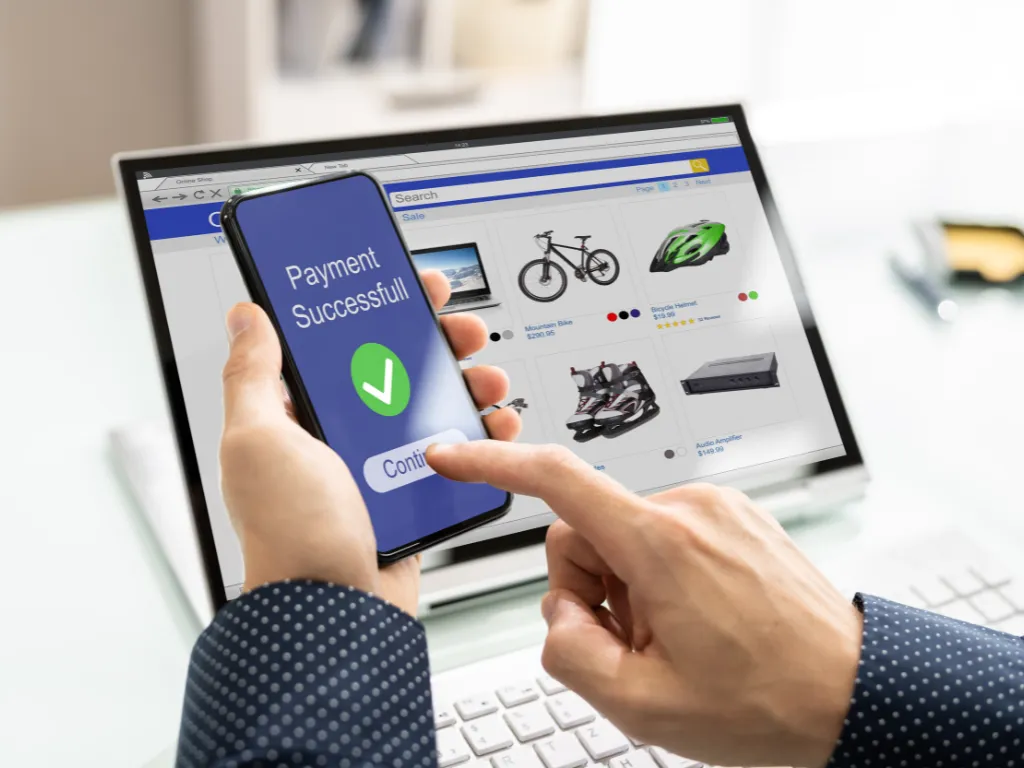
Online shopping has become a convenient way to purchase goods and services, but not all websites are safe. Unsecured or fake e-commerce platforms pose a serious risk to users, leading to financial fraud, identity theft, and malware infections.
Risks Associated with Fake or Unsecured Shopping Websites:
- Financial Fraud: Fake shopping websites often trick users into entering their credit card details, resulting in unauthorized transactions and stolen financial data.
- Identity Theft: Malicious actors can harvest personal information such as names, addresses, and phone numbers from unsecured shopping sites, using them for fraudulent activities.
- Malware Infections: Some fake e-commerce sites contain malicious links or downloadable files that install malware onto a user’s device, compromising security and privacy.
- Undelivered Goods: Many scam websites accept payments but never ship the purchased items, leaving customers without their money or products.
How to Identify and Avoid Fake Online Shopping Websites:
- Check for HTTPS Encryption: Ensure the website URL starts with “https://” and includes a padlock icon in the browser’s address bar, indicating a secure connection.
- Verify the Website’s Reputation: Look for customer reviews, ratings, and complaints before making a purchase.
- Avoid Deals That Seem Too Good to Be True: Scammers often lure users with extremely low prices to attract victims.
- Use Secure Payment Methods: Opt for credit cards or payment services like PayPal that offer fraud protection instead of direct bank transfers or debit cards.
- Be Wary of Unusual Payment Requests: Avoid websites that demand cryptocurrency payments, gift cards, or wire transfers, as these methods offer no recourse for fraud victims.
By exercising caution and conducting due diligence before making purchases online, users can protect themselves from fraud and cyber threats associated with unsecured or fake shopping websites.
Final Thoughts
As cyber threats continue to evolve, it’s more important than ever to recognize which of the following activities poses the greatest personal cybersecurity risk and take proactive steps to protect sensitive information.
From falling for phishing scams to granting excessive app permissions, these risks can expose individuals to identity theft, financial fraud, and malware attacks.
Strengthening cybersecurity habits such as using strong passwords, avoiding unsecured networks, and staying cautious while shopping online can help mitigate these threats.
Cybersecurity is an ongoing effort, and staying informed is key to minimizing vulnerabilities.
For those looking to enhance their security posture with expert insights and advanced solutions, CyberLad offers valuable resources and guidance to navigate the evolving digital landscape safely.
Related Articles: Top 10 Cybersecurity Forensic Tools For Ethical Hackers In 2025, Top 10 SIEM Use Cases for 5G Security
Frequently Asked Questions
What Activities Pose the Greatest Personal Cybersecurity Risk?
Emailing credit card details to a hotel while booking a room presents a significant cybersecurity risk. Since email lacks strong security protocols, cybercriminals can easily intercept sensitive financial information, leading to fraud or identity theft.
What Is One of the Greatest Workplace Cybersecurity Risks?
Organizations must identify cybersecurity vulnerabilities to prevent cyberattacks. Common risks include privilege abuse, mishandling sensitive data, using unauthorized hardware or software, and misusing email. Increasing employee awareness and implementing strict cybersecurity policies play a crucial role in mitigating these threats.
What Are the Four Main Types of Vulnerabilities in Cybersecurity?
Cybersecurity vulnerabilities fall into four main categories:
Human Vulnerabilities – Employee errors, weak passwords, or falling victim to social engineering attacks.
Network Vulnerabilities – Weaknesses in network infrastructure that hackers can exploit.
Operating System Vulnerabilities – Security gaps in outdated or unpatched operating systems.
Process (or Procedural) Vulnerabilities – Flaws in security protocols or business processes that expose data.
What Are the Biggest Cyberattacks in History?
The Morris Worm (1988): Robert Tappan Morris created the first Internet worm, which caused widespread disruption.
MafiaBoy (2000): A Canadian teenager launched a massive DDoS attack affecting major websites like Yahoo! and eBay.
Google China Attack (2009): A sophisticated cyber-espionage campaign targeting Google and other tech companies.
US Defense Department & NASA Hack (1999): A teenager infiltrated highly classified systems, exposing vulnerabilities.
Hacking a Radio Phone System to Win a Porsche (1995): A hacker manipulated a radio contest to win a luxury car.
Which Sector Is the Largest Target for Cybersecurity Threats?
The financial services sector remains the top target for cybercriminals due to its access to funds and sensitive customer data. In 2024, attackers have employed advanced persistent threats (APTs) and exploited insider vulnerabilities, making cybersecurity a top priority for financial institutions.

